Three challenges to overcome when integrating ERP with CRM
Many businesses today use ERP and CRM (Customer Relationship Management) software to help their organizations succeed. There are good reasons to integrate these systems. Both share names and addresses although one might call it a customer and the other a contact. A quote in one system will become an order in the other. Integration is such a good idea that many ERP providers now offer their own CRM completely integrated.
If you choose to integrate two separate systems, there are some challenges:
1. Standardizing data format across both systems
Your sales or marketing departments might consider they own your CRM. Accounting or operations think they have a claim on your ERP. In fact, all the data in either system is owned by the enterprise and the reason for integration ought to be saving manual steps or entering new orders faster – something that benefits the enterprise. Little differences can lead to big issues downstream. ERP might have a unique customer ID and ‘firstname’ and ‘lastname’ fields. CRM has its own unique ID and first, middle, and last name fields. Work out how you will operate in the future and agree that one or the other format will be used and that there will be no going back.
Use this free online comparison tool to find ERP systems with integrated CRM functionality
2. Agreeing on how you will integrate
You can hire a third-party integration specialist to link your systems. Often these businesses have software of their own to manage data reconfiguration and mapping. That software reads data from one side and transforms to a format readable by the other side copying new data into the proper tables. These transforms should be bidirectional as transactions and new records in either system need to be shared with the other.
You can also choose to extract flat files, perhaps in a .csv format. Those files are then imported to the other system as a series of transactions. These imports will use the same validation rules as a manually entered transaction so data in the systems is protected. There is a time delay with this process so a transaction in one side might not show in the other side until a few seconds or hours later.
Think about your needs and your budget and decide what integration process works best for you.
3. Cleaning up your data
Both your ERP and your CRM will have old data, like customers who haven’t placed an order since 1998 that you should clean up before integrating. Mistakes will likely have have happened in both systems - now is the time to clean those up before they confuse another system. If you choose to use the customer ID from ERP, changing the existing IDs in CRM is another part of data clean up.
ERP and CRM can integrate well with good results for all. Pay attention to the details and your integration will succeed.
Free white paper
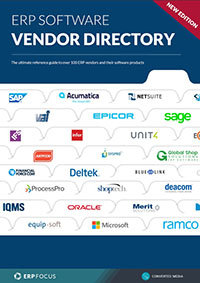
ERP Software Vendor Directory
Put the most comprehensive ERP vendor directory on your desk today
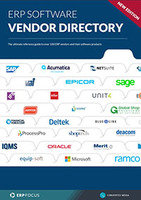
Featured white papers
-
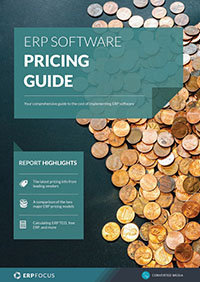
ERP Software Pricing Guide
Get the latest pricing information on over 80 popular ERP systems, and learn how to budget for your ERP project in our free guide
Download -
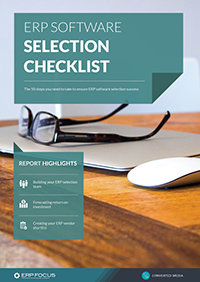
60-Step ERP Selection Checklist
Get the comprehensive checklist for your ERP selection project
Download -
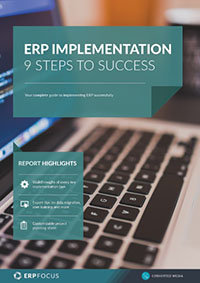
ERP Implementation: 9 steps to success
The 9 proven steps you should follow when implementing ERP
Download
Related articles
-
![3 Tips for Achieving Buy-In for Your ERP Integration [by pressfoto on Freepik] 3 Tips for Achieving Buy-In for Your ERP Integration [by pressfoto on Freepik]](jpg/3%2btips%2bfor%2bachieving%2bbuy-in%2bfor%2byour%2berp%2bintegration%2b%255bby%2bpressfoto%2bon%2bfreepik%255d65d7.jpg)
3 tips for achieving buy-in for your ERP integration
Read our expert’s tips on getting your ERP integration project off the ground by achieving busine...
-

CMMC Compliance: What Aerospace and Defense Manufacturers Need to Know
Key insights on CMMC compliance, deadlines, and securing DoD contracts with CMMC 2.0 certificatio...
-

ERP migration steps (your ERP migration checklist)
How to construct the smoothest ERP migration plan possible

